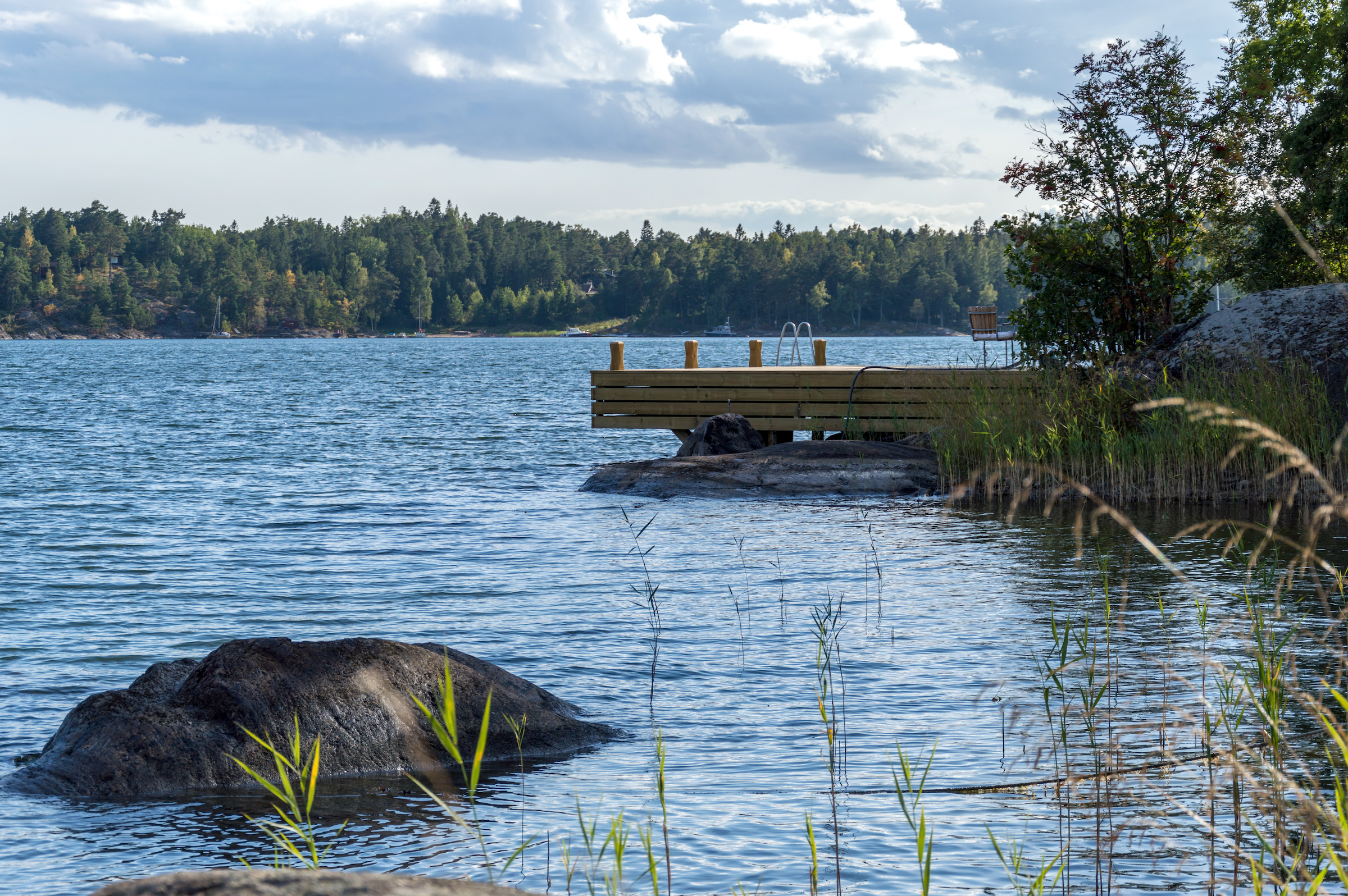Besides Värmdö, seven other larger archipelago islands belong to the municipality. In addition, there are thousands of small islands, which are often inhabited only during the summer season. The total complex thus consists of more than 10,000 islands. This means that about 44 000 inhabitants live on about 450 square kilometers. The main island, Värmdö, is the most populous island and its capital is Gustavsberg.
Historically, the archipelago was dominated by farmers, fishermen and sailors. At the beginning of the 19th century, the vacation industry started in the region; numerous Stockholmers discovered Värmdö for their summer vacations and had vacation homes built. Gradually, Värmdö developed into one of the most popular recreational areas in the Stockholm region and the entire Kingdom of Sweden.
A special advantage is also the proximity to the city of Stockholm. It can be reached in less than an hour by public transport, by ferry or individually by car. Nevertheless, there is no sign of the hustle and bustle of the big city on the island: guests rave about the unspoiled green island and the surrounding islets with their many idyllic bays.
Värmdö is a hotspot for all active vacationers. There are numerous offers for hiking, cycling tours, climbing courses and all kinds of water sports. Especially popular are the observation posts for the numerous seal colonies off Värmdö.
Interested guests can visit the famous porcelain factory in Gustavsberg. The factory was built in 1826 and provided an economic boom in the region. Visitors can learn about the history of the factory and even paint porcelain themselves.

